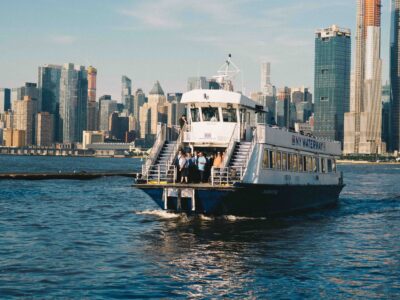There’s no debating whether the 108-year-old Wrigley Field is an iconic stadium — it’s on the National Register of Historic Places. The cherished home of the Chicago Cubs has long held the nickname “The Friendly Confines,” a phrase largely attributed to baseball Hall of Famer Ernie “Mr. Cub” Banks because he so enjoyed playing there. However, the ballpark could be described nowadays as the “Environmentally Friendly Confines” too.
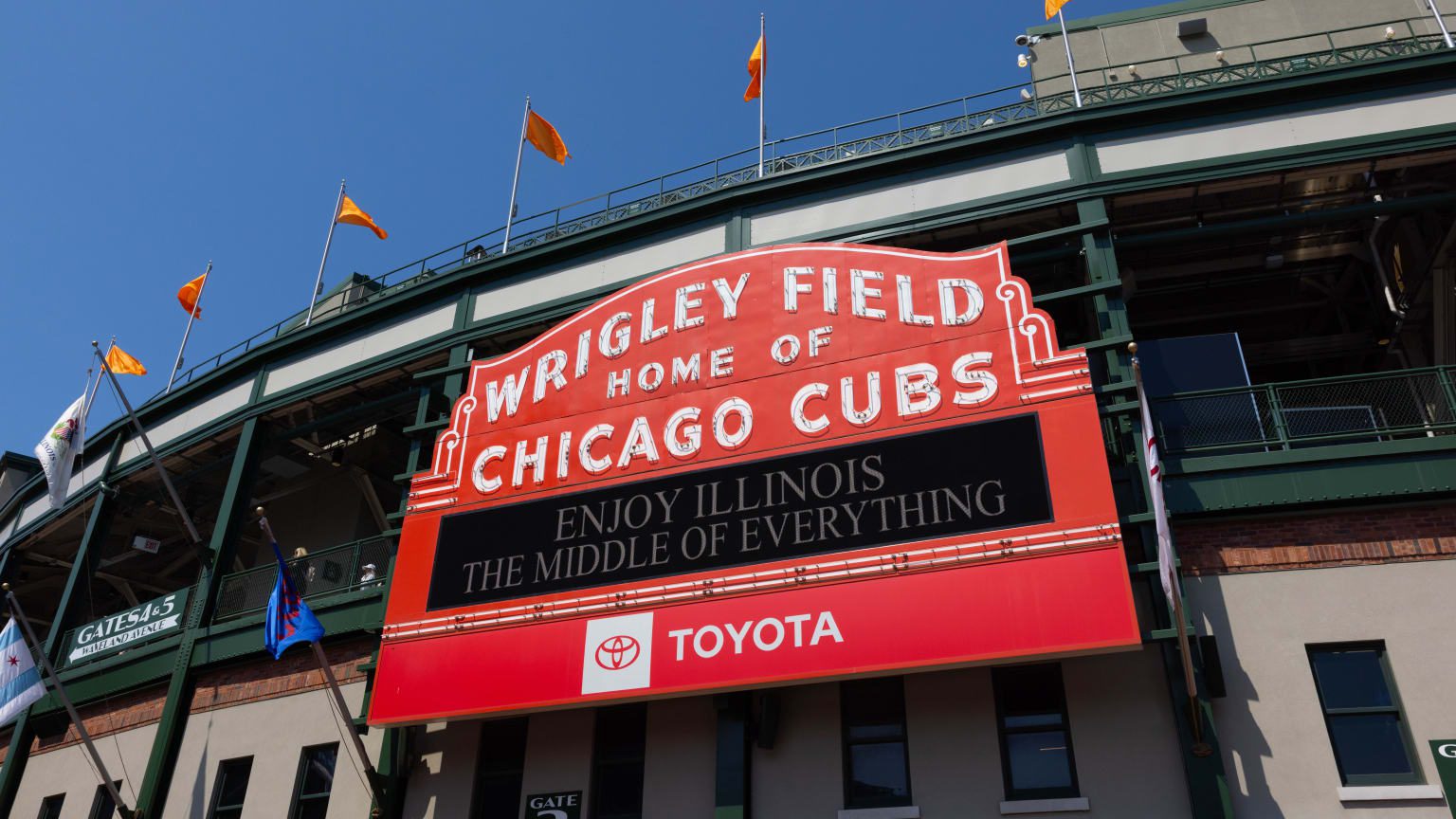
Soon after the Ricketts Family became majority owners after the 2009 season, the Cubs launched its “Real Fans Recycle” (RFR) program at Wrigley. Solo Cups, one of the initiative’s partners, introduced plastic cups with 20% polyethylene terephthalate (PET), and the cups were recycled again by another program partner, Allied Waste. A portion of the recycled plastic was part of the 100% recycled material in the solo-sponsored shirts worn by ushers and event staffers.
Free Green Can, another RFR participant, contributed 25 year-round recycling receptacles outside the stadium. These highly convenient RCR stations let people recycle plastic, paper, glass, and aluminum in a single spot. One saves nearly 8,400 hours of energy running a regular TV and approximately 11,000 hours running a 60-watt bulb annually.
The stadium also reduced waste by introducing 100% recycled napkins and compostable plates and cutlery at concession stands. The MLB reported in early 2020 that the Cubs’ recycling efforts had saved almost 1,200 yards of landfill space, nearly 570,000 gallons of water, and 2,000 trees.
Plastic usage in food packaging also has been reduced in the ballpark and the team’s front office space. Wrigley’s food operator, Levy Restaurants, recycles all of its used cooking oil, with some getting reused to make biofuels. More recently, the stadium’s cooking oil disposal system received a makeover; the new, streamlined process is safer and easier, resulting in more recycled oil.
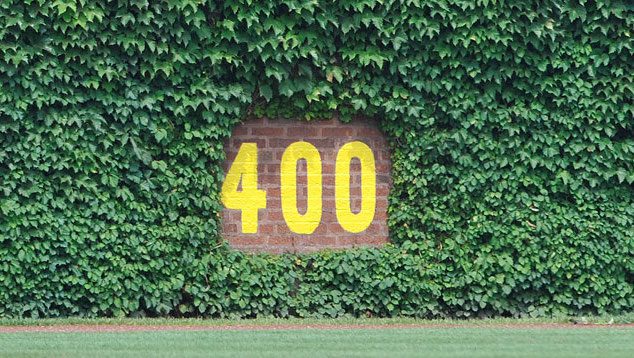
As Wrigley neared its centennial, the stadium noticeably was showing its age. After the 2014 season, the club commenced a massive, multi-year renovation project called the 1060 Plan — 1060 being the Wrigley’s street number — that was as much about reviving and restoring as it was about upgrading and modernizing.
Much of Wrigley was salvaged and reused. Builders reused stadium guardrails and 60% of the outfield wall bricks. The legendary Wrigley outfield wall ivy was removed but preserved and replanted. The fascia got reinstalled following structural improvements, and the marquee sign was reconstructed and rewired with original elements.
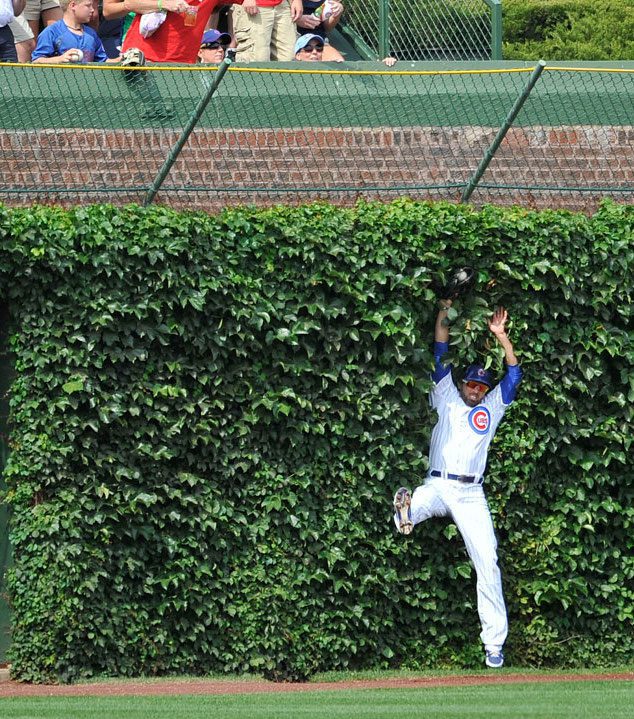
As part of the “Environmental Pledge” the team developed for its 1060 Plan, builders took construction waste to recycling centers instead of landfills. When possible, they also used recycled materials and chose local construction items to decrease transportation emissions. Low Volatile organic compound products, such as paints, carpets, adhesives, and flooring, were used to help improve the stadium’s air quality.
Wrigley’s energy efficiency improved during the five construction phases by upgrading the stadium’s lighting, fixtures, appliances, and HVAC. The team also made Engie Resources, a renewable electricity provider, its official energy provider. The deal involves Green-e certified Renewable Electricity Credits (RECs) dealing with electricity created by solar, wind, and other renewable power sites.
The ballpark also reduced its water usage by installing low-flow toilets in the ballpark and clubhouse bathroom. Made by the Illinois-based Sloan Valve Company, these state-of-the-art models produce an average savings of one-third a gallon per flush. Sloan’s work with the Cubs isn’t restricted just to Wrigley Field. The company has partnered with the team to improve the water efficiency at the Cubs’ spring training facility in Meza, AZ.
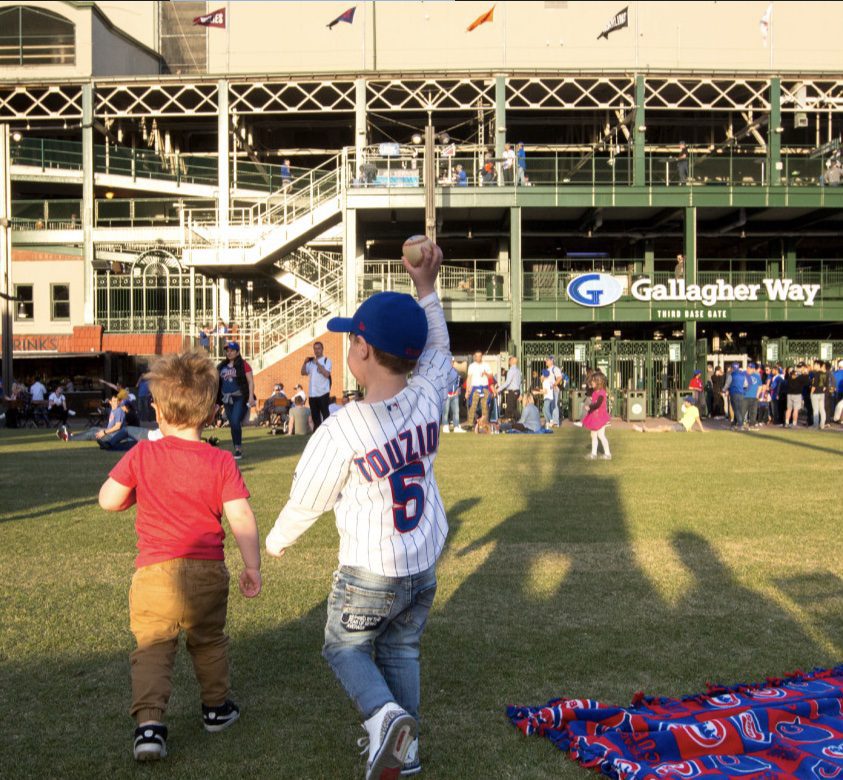
The Cubs front office received a silver Leadership in Energy and Environmental Design (LEED) certification from the U.S. Green Building Council in 2019. Three buildings boosting green roofs are located just outside the stadium’s third base: the Cubs’ Broadcast Center, the Ricketts Family-owned Hotel Zachery, and Gallagher Way.
Wrigley Field has always stood as a significant player in its community, a neighborhood not surprisingly named Wrigleyville. Mass transit is easy to promote, given how difficult it is to park by the stadium, and the Cubs added a free bicycle valet service for fans.
A couple of seasons ago, the acclaimed sportswriter Tom Verducci stated that Wrigley “still succeeds as a green gathering place for families.” He was probably referring to the ballpark’s green playing field and its beloved ivy; however, the stadium has also succeeded in operating in an eco-friendly manner.




